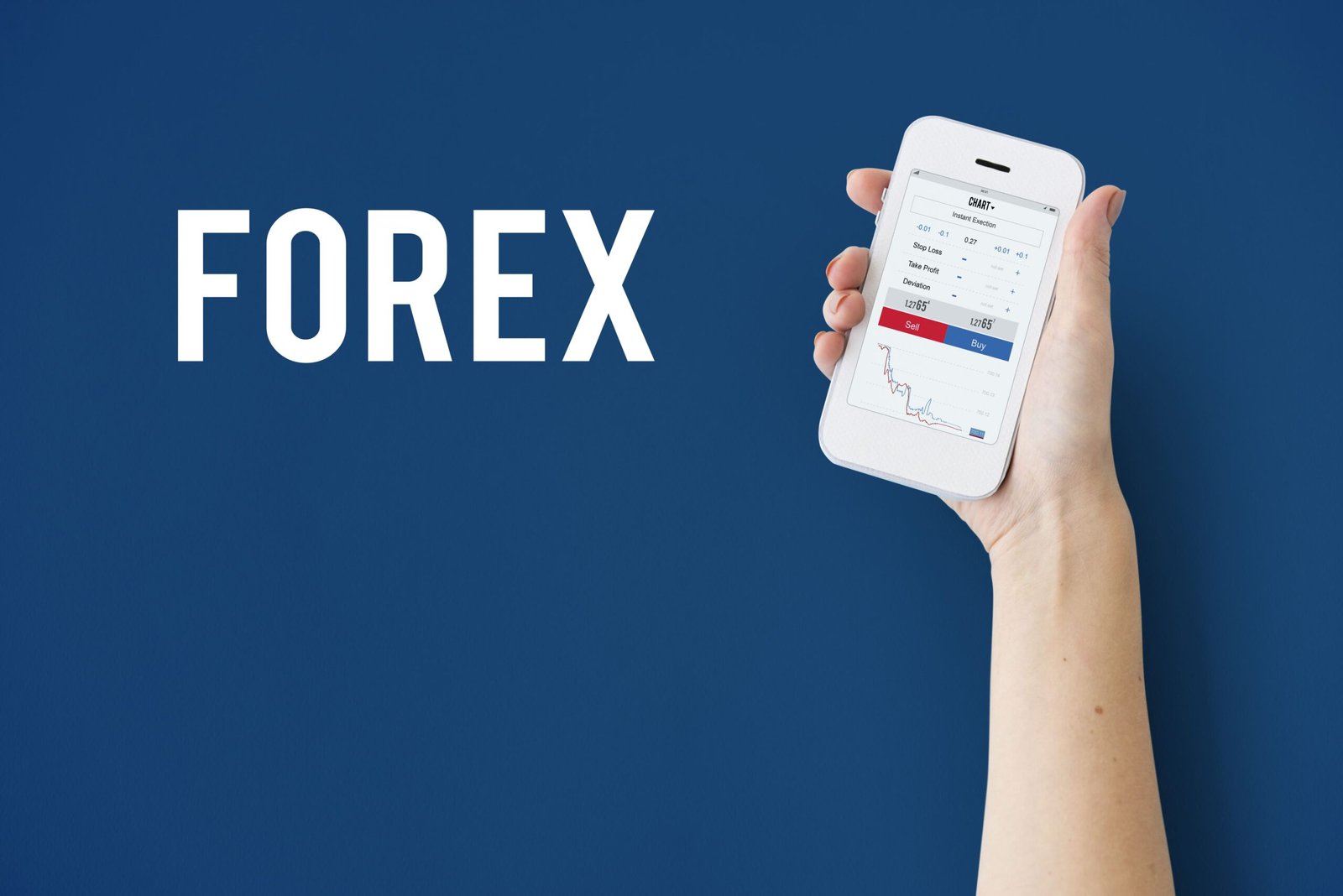Leverage is a powerful tool in Forex trading, allowing traders to control large positions with a relatively small investment. It can significantly increase profits, but it also comes with risks—especially when spread costs are factored in. Many traders underestimate how spreads can impact leveraged trades, which can lead to unexpected losses. Understanding the relationship between these two elements is crucial for securing the best Forex spreads and keeping trading costs under control.
Leverage Increases Buying Power but Also Costs
Leverage allows traders to amplify their market exposure without needing to invest the full amount. A trader using 1:100 leverage can control a $100,000 position with just $1,000 in margin. While this increases the potential for higher returns, it also means that the spread cost applies to the entire trade size, not just the margin amount.
For example, if the spread on EUR/USD is 1 pip, a standard lot trade (100,000 units) would incur a spread cost of $10. If the same trade were placed using leverage, the trader would still be responsible for the full $10 spread cost, even if they only committed $1,000 in margin. This is why traders seek brokers that offer the best Forex spreads, as even minor spread fluctuations can impact overall profitability.
Spreads Can Fluctuate, Affecting Leveraged Positions
A tight spread is ideal, but it does not always remain fixed. Market conditions can cause spreads to widen, especially during major news releases, economic uncertainty, or low liquidity periods. When this happens, leveraged traders may face higher-than-expected costs.
Imagine a scenario where a trader opens a leveraged position, expecting a spread of 1 pip. If the spread suddenly widens to 3 pips before the trade is closed, the total cost triples. This is why traders prefer brokers known for offering the best Forex spreads, as it ensures more predictable trading expenses.
Market Conditions Influence Both Spreads and Leverage Risks
Spreads tend to be at their lowest during high-liquidity periods, such as when the London and New York sessions overlap. More market participants mean tighter bid-ask differences, reducing trading costs for those using leverage.
However, during late trading hours or around major economic announcements, liquidity can decline, leading to wider spreads. Leveraged traders who enter trades during these times may find that their costs increase unexpectedly. For those seeking the best Forex spreads, timing trades during high-liquidity sessions is an effective way to keep costs under control.
Choosing a Broker That Offers the Best Trading Conditions
Not all brokers provide the same trading conditions for leveraged accounts. Some increase spreads to compensate for offering high leverage, while others maintain competitive pricing regardless of position size.
Traders who prioritize cost efficiency should compare brokers based on spread stability, execution speed, and transparency in pricing. Those offering ECN or STP accounts often provide the best Forex spreads, as they connect traders directly to liquidity providers, avoiding unnecessary markups.
Managing Risk While Using Leverage and Paying Spreads
Using leverage effectively requires careful risk management. While tight spreads can lower costs, traders must also consider the impact of spread widening and potential margin calls.The best Forex spreads combined with a well-planned strategy can help traders maximize opportunities while minimizing risk. By selecting the right broker, trading at optimal times, and monitoring market conditions, leveraged trading becomes more sustainable and cost-effective in the long run.
Related Reads
- Custom Fitness App Development: Build the Fitness App Your Users Actually Want
- Can Motorola TV Service Center Replace Screens?
- Top Benefits of Using a Freight Factoring Service
- Expert Solar Water Heater Repair in Dubai – Quick & Trusted Service
- Affordable Air Duct Cleaning Services in Boston MA
- Court Marriage Advocate in Jaipur – Your Guide to Hassle-Free Legal Marriages


